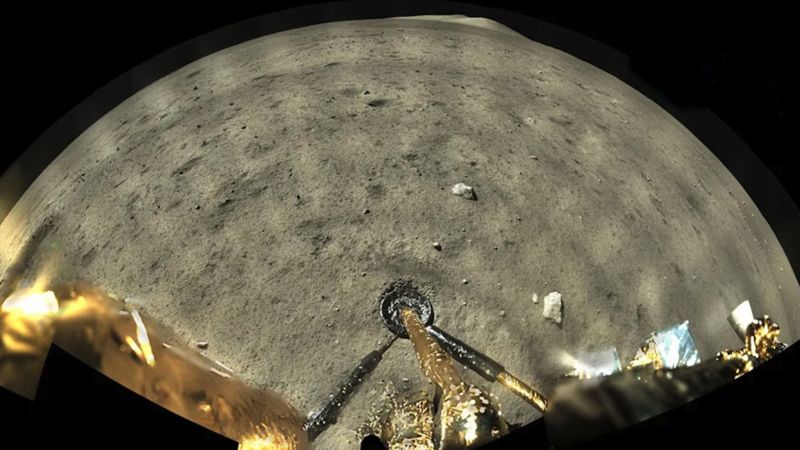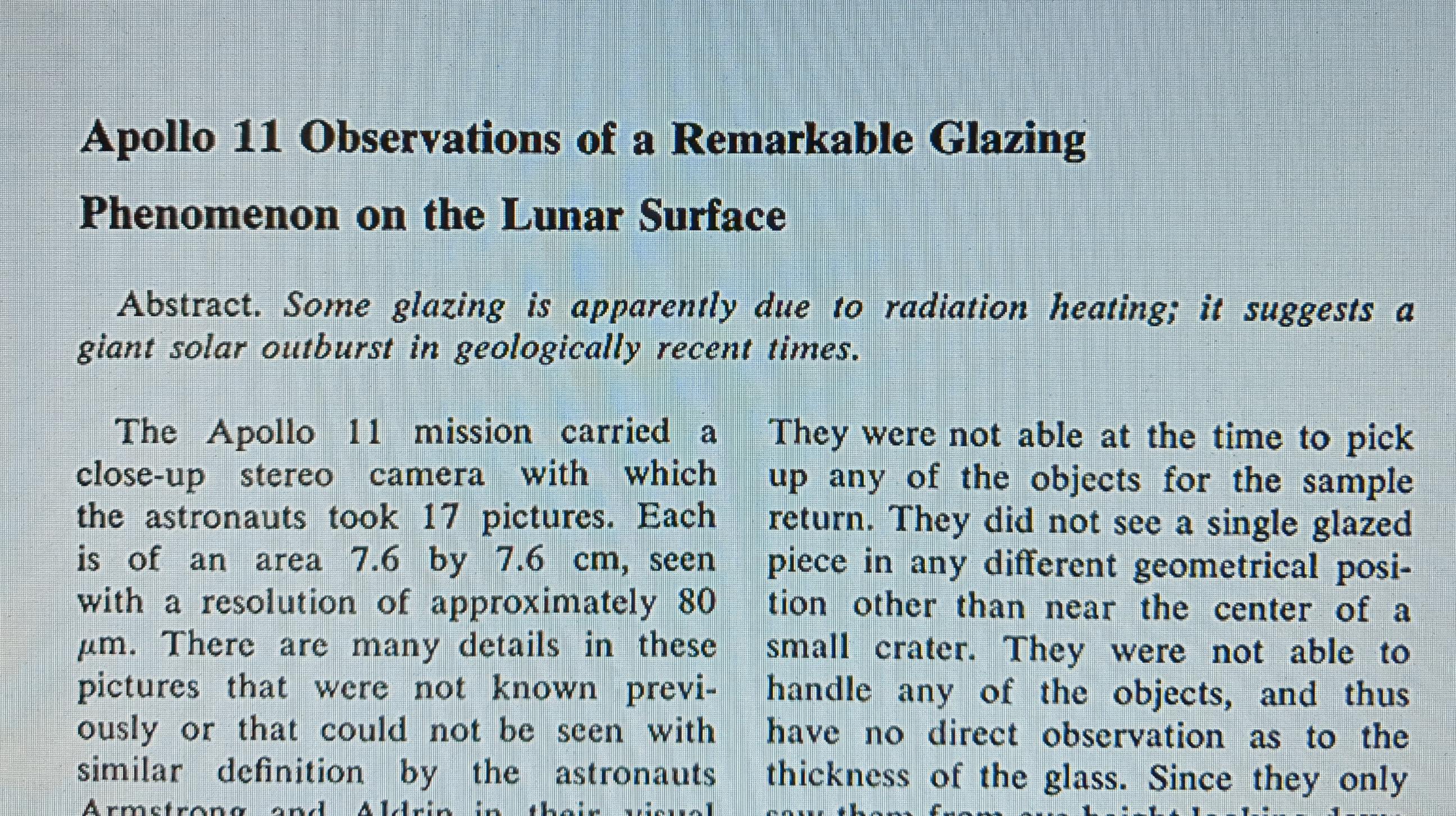
China is about to collect the first moon rocks since the 1970s
“For the first time in almost half a century, scientists are going to get their hands on new moon rocks. The Chinese space agency’s Chang’e-5 spacecraft, which landed on the moon around 10:15 a.m. EST December 1, will scoop up lunar soil from a never-before-visited region and bring it back to Earth a few weeks later.”
Why is this worth the cost? The United States and the Soviet Union already collected lunar samples decades earlier. What is China trying to prove?
Though unlikely to admit the truth, I suspect part of the impetus for getting to the moon in the 1960s, and part of China’s reasoning today, is to better analyze evidence of our sun’s recurring nova outbursts. We know that Earth experiences periodic, catastrophic, civilization-ending pole shifts. We know the sun periodically blasts away not just a solar flare or coronal mass ejection, but a planet-crisping nova.
The Bible, in Isaiah 30:26, warns that in the Day of the Lord: “The moon will shine like the sun, and the sunlight will be seven times brighter, like the light of seven full days.” We have myths of such destruction by fire from ancient Greece, Egypt, and countless other regions. But we have evidence on the moon.
In September 1969, Thomas Gold wrote an important article titled: “Apollo 11 Observations of a Remarkable Glazing Phenomenon on the Lunar Surface.”
Gold noted evidence of a brief flash-melting of the lunar surface along the thinnest and highest edges of craters. “The apparently thin coating of glaze seen in many of the pictures indicates a short duration for the period of the radiative heating. With the approximately known rate of heat transfer in the lunar material, one may estimate that the duration of the heating phase was between 10 and 100 seconds.”
There was an “azimuthal dependence” – meaning – the rock was affected more on one side of craters than the other – the flash came from one direction. In all cases the slightly melted moon rocks “have just their top surfaces glazed. The glassy patches that can be seen on the photographs range in size from 1/2 mm to about 1 cm. The glazed areas are clearly concentrated toward the top surfaces of protuberances, although they exist also on some sides. Points and edges appear to be strongly favored for the glazing process. In some cases, droplets appear to have run down an inclined surface for a few millimeters and congealed there.”

“An intense source of radiative heating could account for all the facts now known…. Only radiative heating seems to be able to account for the major observational data; and it accounts well for both the distribution over the ground and the detailed geometrical arrangements in which the glazing is found, for it is in just those places where the temperature would be expected to be at a maximum. We must therefore seek clues as to the nature of such a flash of radiation. The time of occurrence of the flash heating would have to have been sufficiently recent for micrometeorites not to have destroyed the glaze, and for the mechanisms that redistribute the lunar soil not to have blanketed the objects. Estimates of the micrometeorite rate at the present time vary considerably, but it seems very unlikely that the glaze could be maintained on the surface for as much as 100,000 years and probably not for more than 30,000. The event in question would thus have to have taken place within this geologically very recent past.” The most recent such event may very well have been at the same time as Earth’s last catastrophic pole shift, which it may have triggered approximately 12-13,000 years ago.
Gold suggests a “nova-like outburst of the sun” in which “the sun’s luminosity flared up for a period of between 10 and 100 seconds to a luminosity of more than 100 times its present value.” Assuming Gold was right (and Ben Davidson has many good videos on Youtube’s SuspiciousObservers channel reviewing evidence in favor of this idea) then recurring solar nova trigger recurring pole shifts on Earth; typically after the terrestrial magnetic field gets very weak and the magnetic poles start accelerating towards new positions. Which has been happening in recent decades and points to another pole shift in our near future.
I think China wants to collect more lunar evidence – its own evidence – so that they can prepare accordingly.

